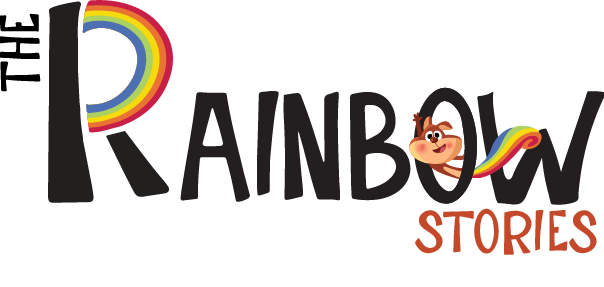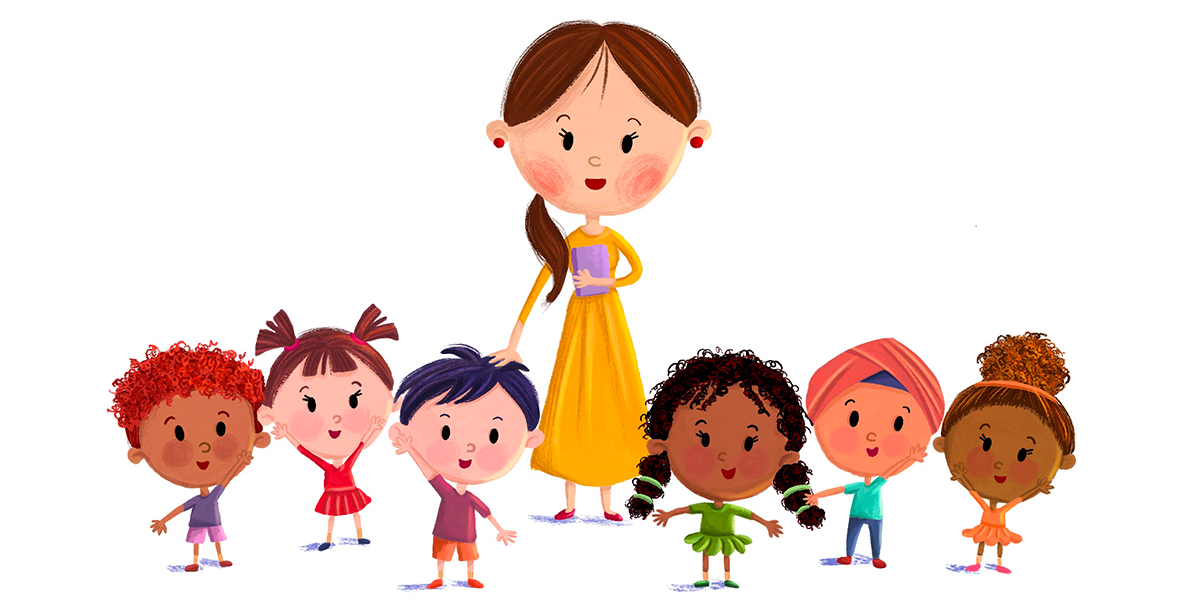In today’s fast-paced, visually crowded world, sometimes less is more—especially when it comes to children’s book design. Minimalist book cover design ideas are becoming increasingly popular because they grab attention without overwhelming the viewer. A clean, focused cover helps your book stand out, whether it’s on a physical shelf or in an online store.
In this post, we’ll explore simple and powerful book covers ideas that blend charm, clarity, and creativity—perfect for children’s books and self-publishers alike.
Why Minimalism Works in Book Cover Design
When designed right, a minimalist cover communicates a story’s tone with just a few well-chosen elements. This approach is especially effective in children’s literature, where clarity and visual impact are key.
Minimalist book cover design ideas rely on negative space, thoughtful illustrations, and bold typography to spark curiosity. These covers eliminate clutter, making it easier for young readers (and parents) to engage with the book. The simplicity also aligns with clean and modern book design trends that dominate today’s publishing landscape.If you are looking for a Minimalist Book cover design then check out our Book Cover design services.
Core Elements of Minimalist Book Covers
Creating minimalist book covers doesn’t mean making them boring or plain—it means every element should serve a purpose. Here are the most important design ingredients:
- Negative space: This allows your design to breathe and highlights crucial features.
- Bold, simple typography: A carefully chosen font can instantly convey tone—whether playful, gentle, or serious.
- Limited color palettes: Think two or three hues, often in soft tones for kids’ books or bright contrasts for younger age groups.
- Focused imagery: Instead of a crowded scene, feature one symbolic character or object that hints at the story.
When paired with elegant minimalist layouts, these features can create a magical effect that draws in your audience without overwhelming them.
Genre-Specific Minimalist Design Ideas
Even minimalist covers should reflect genre expectations. In children’s books, clarity and emotional tone are critical.
- Picture Books: Use a flat illustration of the main character or a symbolic item from the story (e.g., a red balloon, a lone tree). Bright but restrained colors work well.
- Early Readers: Combine playful fonts with a strong central figure—perhaps an animal or child hero. Keep the background basic to emphasize the action.
- Middle Grade: Subtle symbolism works here—like a mysterious object or shadowed silhouette. Pair with clean serif fonts for a polished touch.
These genre-based approaches help you create book covers ideas that fit your audience while still using minimalism effectively.
Bring Your Children’s Story to Life with a Minimalist Book Cover Design
Partner with talented Children Book illustrators at The Rainbow Stories who specialize in creating lovable Book Cover Design, characters and enchanting scenes for picture books and early readers.
Examples of Effective Minimalist Book Covers
Some of the most iconic children’s books use minimalist design to their advantage. Consider Shel Silverstein’s “The Giving Tree”—a tree and a child in black and green. Or: “Don’t Let the Pigeon Drive the Bus!” by Mo Willems, where the focus is a single, expressive pigeon on a pastel background.
These examples show how simplicity can still be playful, expressive, and memorable—proof that minimalist book cover design ideas can be both functional and beautiful.
How to Design a Minimalist Book Cover That Stands Out
So how to make a good book cover using minimalist principles? Start with a single visual message. Choose one element that reflects your book’s core theme or emotion.
Next, keep typography clean and legible. Sans-serif fonts work well for younger readers, while serif fonts add elegance for older kids.
Balance is key. Use symmetry or intentional asymmetry to guide the eye. Keep your book cover design aligned and avoid unnecessary decoration.
If you’re new to design, tools like Canva, Adobe Express, or BookBrush offer templates to help you build clean and modern book design concepts from scratch.
Tips for Self-Published Authors Using Minimalist Design
If you’re self-publishing a children’s book, you might wonder whether to DIY or hire a pro. Minimalist design for self-publishers can work beautifully if done right, especially with help from modern design tools.
Here are some practical tips for designing a book cover:
- Use a design brief: Define your book’s theme, tone, and age range.
- Study successful covers: Find examples in your genre to use as inspiration.
- Print test copies: Make sure your design works in both print and thumbnail sizes.
- Invest in custom fonts or illustrations: A unique touch can make a simple design feel premium.
Self-publishing with a minimalist approach can actually save time and money, while still delivering a professional result.
Conclusion:
Minimalist book cover design ideas offer a powerful way to communicate visually with your readers—especially in children’s publishing, where clarity and engagement are key. By using thoughtful layout, limited color, and a clear focal point, your cover can be both artistic and attention-grabbing.
Don’t let simplicity fool you—these covers still require planning and creativity. Whether you’re a seasoned designer or a self-published author exploring minimalist design for self-publishers, your book’s visual identity starts with a smart, clean cover.
At The Rainbow Stories our Children Book Illustrator tell your story with elegance, charm, and focus.

